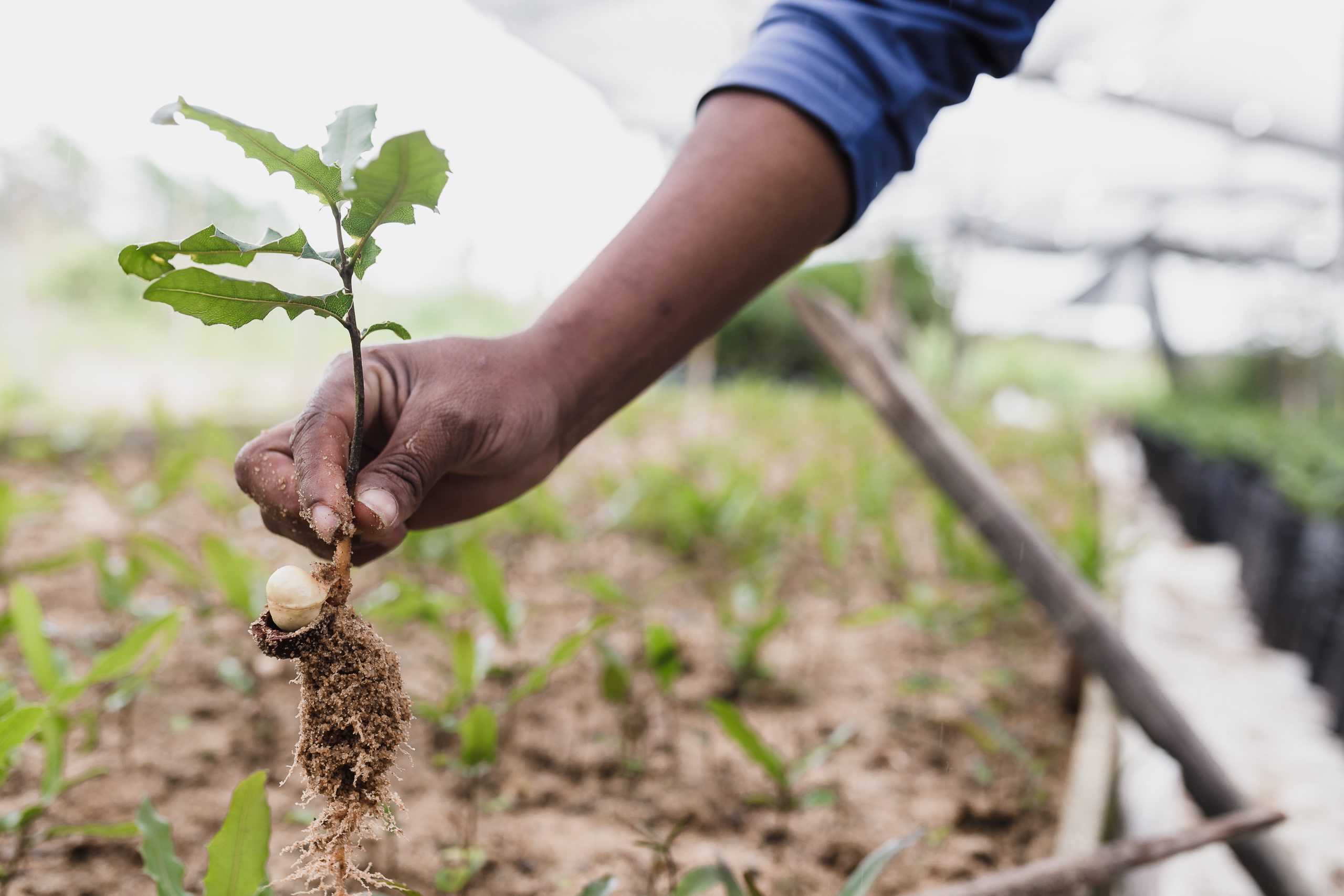Community Tree Planting Initiatives: How to Get Involved

Planting a Better Tomorrow, One Tree at a Time
Introduction
Trees are essential for the well-being of our planet. They provide oxygen, absorb carbon dioxide, support biodiversity, and enhance the overall quality of life. One of the most effective ways to contribute to a greener, healthier world is by participating in community tree planting initiatives. In this article, we’ll explore why these initiatives are vital and provide you with actionable steps on how to get involved.
Why Community Tree Planting Matters
- Environmental Benefits: Trees act as natural air purifiers, reducing pollution and improving air quality. They also combat climate change by sequestering carbon dioxide, helping to stabilize temperatures.
- Biodiversity Support: Trees provide habitat and food for countless species, contributing to greater biodiversity and ecosystem resilience.
- Aesthetic Enhancement: Well-planned tree planting initiatives can beautify neighborhoods, making them more appealing places to live and visit.
Getting Started: How to Join a Community Tree Planting Project
- Research Local Initiatives: Start by researching tree planting initiatives in your community. Local environmental organizations, municipal governments, and non-profits often organize tree planting events.
- Attend Workshops and Training: Many initiatives offer workshops and training sessions on tree planting techniques, safety measures, and the importance of native species.
- Volunteer at Events: Participate in local tree planting events as a volunteer. These events are often open to people of all ages and skill levels.
Choosing the Right Trees
- Native Species: Prioritize planting native trees as they are best suited to the local ecosystem and require less maintenance.
- Consider the Location: Determine the specific needs of the planting site—whether it’s a park, schoolyard, or urban street. Different trees are suitable for different locations.
Planting Techniques and Best Practices
- Prepare the Site: Ensure the planting site is properly prepared by removing weeds, rocks, and debris.
- Planting Depth: Plant the tree at the correct depth, ensuring the root collar is at or slightly above ground level.
- Watering and Mulching: Adequate watering and mulching are crucial to a young tree’s survival. Provide sufficient moisture and apply mulch to conserve soil moisture and suppress weeds.
Caring for Newly Planted Trees
- Regular Watering: Maintain a consistent watering schedule, especially during the tree’s first few years.
- Pruning and Maintenance: Prune as needed to shape the tree and remove dead or damaged branches.
- Monitor Growth: Keep an eye on your planted trees’ growth and health, seeking help from experts if issues arise.
Joining Long-Term Initiatives
- Become a Tree Steward: Many communities offer tree stewardship programs, allowing you to adopt and care for specific trees over time.
- Advocate for Trees: Advocate for stronger local tree protection and preservation policies to ensure the longevity of planted trees.
Conclusion
Community tree planting initiatives offer a rewarding way to make a positive impact on the environment and your local community. By participating in these projects, you contribute to a greener and healthier world while enjoying the many benefits of trees in your own neighborhood. So, take the first step, get involved, and start planting a better tomorrow, one tree at a time.
